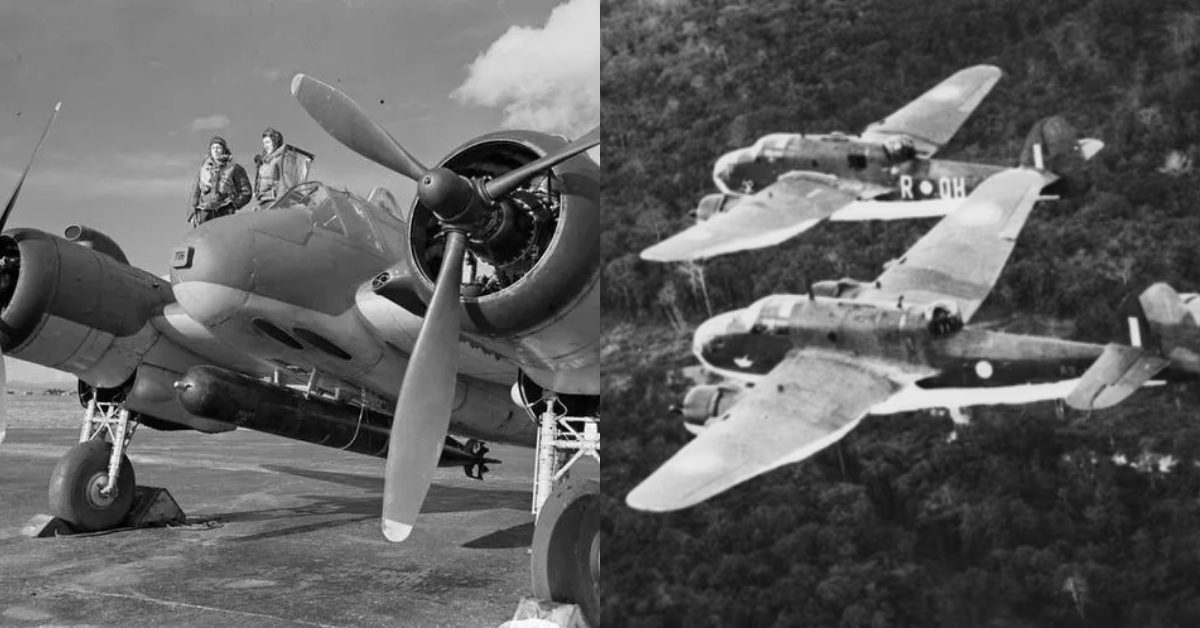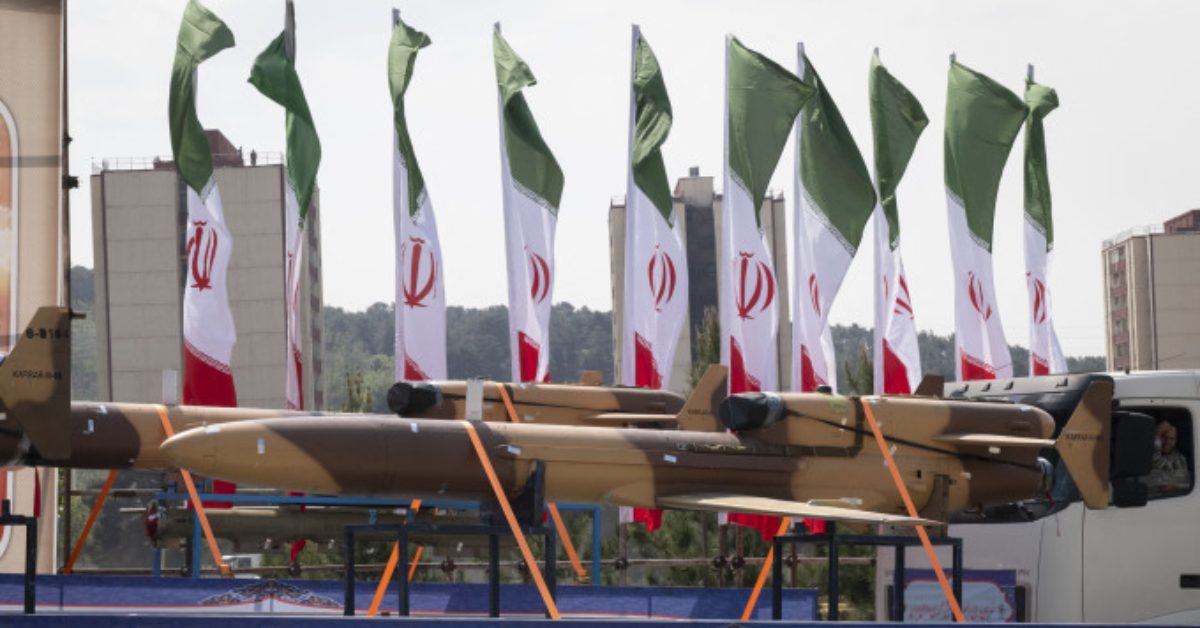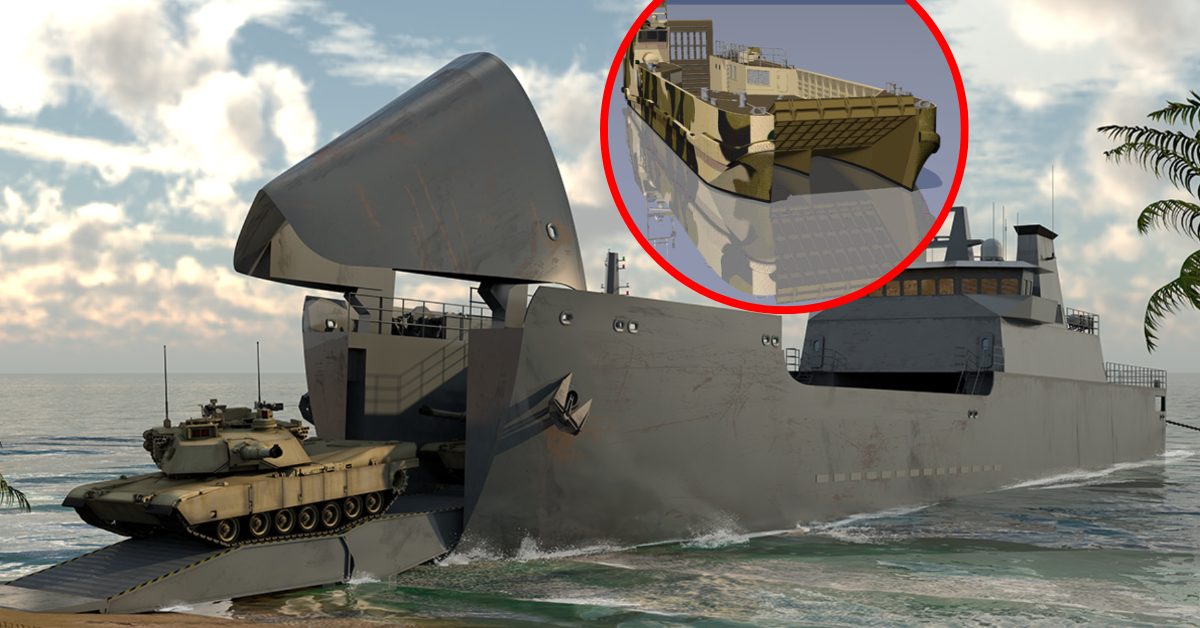The Australian government eventually unveiled its Enhanced Lethality Surface Fleet strategy, which outlines the non-submarine portion of the RAN, on February 20. According to the study, there would eventually be a significant rise in the number of surface combatants—up to 26 platforms. Eight Anzac frigates and three Air Warfare Destroyers are now in service with the RAN, with two of the latter scheduled for retirement shortly.
The number of Hunter-class frigates, which were scheduled to be delivered starting in 2032, has been lowered from nine to six. The quick acquisition of up to eleven General Purpose Frigates is essential to the future fleet’s expansion. at order to expedite the process, the first three will be constructed at the designer’s yard abroad, and the other eight will be built in the Henderson precinct in West Australia.

The report says:
The government has directed these ships be acquired rapidly with an established international shipbuilding partner through a hybrid offshore then onshore build strategy, transitioning to the consolidated Henderson shipyard in Western Australia. Four platforms have been identified by the independent analysis as exemplars to form the basis of a selection process for this new general purpose frigate:
- Meko A-200 (Germany)
- Mogami 30FFM (Japan)
- Daegu class FFX Batch II and III (South Korea)
- Navantia ALFA3000 (Spain)
The problem is that there is no such thing as a Daegu class FFX Batch III. The third batch of South Korean FFX is the new Chungnam class, the first of which is undergoing sea trials and will be delivered to the ROKN in December.
To add to the confusion, elsewhere Hyundai Heavy Industries (HHI) is listed as the supplier of Daegu frigates. This is also incorrect. The designer and lead yard for Daegu class frigates – FFX Batch II – is Hanwha Ocean, formerly DSME. Construction of all eight of these ships is finished with the final one commissioned in October last year.

The Chungnam ships are larger at more than 4,000 tonnes, have a more robust construction and – most importantly – have an integrated radar mast with four fixed electronically scanned arrays. This makes them very suitable to be equipped with similar Australian naval radars from Canberra-based CEA, which have been mandated for all surface combatants.
The 3,500 tonne Daegu class have a conventional rotating radar and would have difficulty being modified for an Anzac frigate style radar mast because of the necessary increase in top weight. Modifying the Chungnam class would be simple since the mast – developed by South Korea’s Agency for Defence Development (ADD) – looks to be of the same overall dimensions, height, and presumably weight as the Anzac frigate configuration.
South Korea has an innovative approach to naval shipbuilding that is more complex than a lead-yard, follow-yard system – though that is still an important ingredient. Everything is run by the powerful Defense Acquisition Program Agency (DAPA) – APDR has featured interviews with its former head – and it reserves the right to put the construction of some ships in a series out to tender.
:quality(70)/cloudfront-us-east-1.images.arcpublishing.com/archetype/FAQ6TBVLGNH6XAXEJTX3VU547E.jpg)
For the Chungnam class, even though HHI is the designer and lead yard, ships two to four will be built by a new player, SK Oceanplant, and the final two by Hanwha Ocean. This is because SK Oceanplant underbid both HHI and Hanwha with what may prove to be a costly commercial strategy.
Both the Daegu and Chungnam class share several features such as a 16 cell VLS, 5” main gun, torpedoes and an embarked MH-60R helicopter. Either could be equipped with the Australian Saab 9LV combat management system because this would be achieved by swapping out operator consoles and racks of processors with little impact on the ship.
Put simply, the Daegu is good – but the Chungnam is better, and of the two designs is much closer to what the RAN needs. Hopefully it will swallow its collective pride and confirm that it meant Chungnam from HHI and not Daegu from Hanwha Ocean – though the way might be open for both companies to submit bids.

In parallel, Hanwha Ocean has offered to buy Austal, which is the presumed future builder of the General Purpose Frigates at its Henderson yard in West Australia. If successful, this would not seem to be an impediment to the company building the Chungnams there after HHI has constructed the first three in their massive Ulsan parent shipyard.
By the way, it took the author about one hour to figure this out from looking at the ROK’s Chungnam tied up at Ulsan and speaking with its commanding officer. Even this level of analysis looks to be beyond the team who wrote the independent review into the RAN surface fleet, or the team who drafted the government’s response to it.





